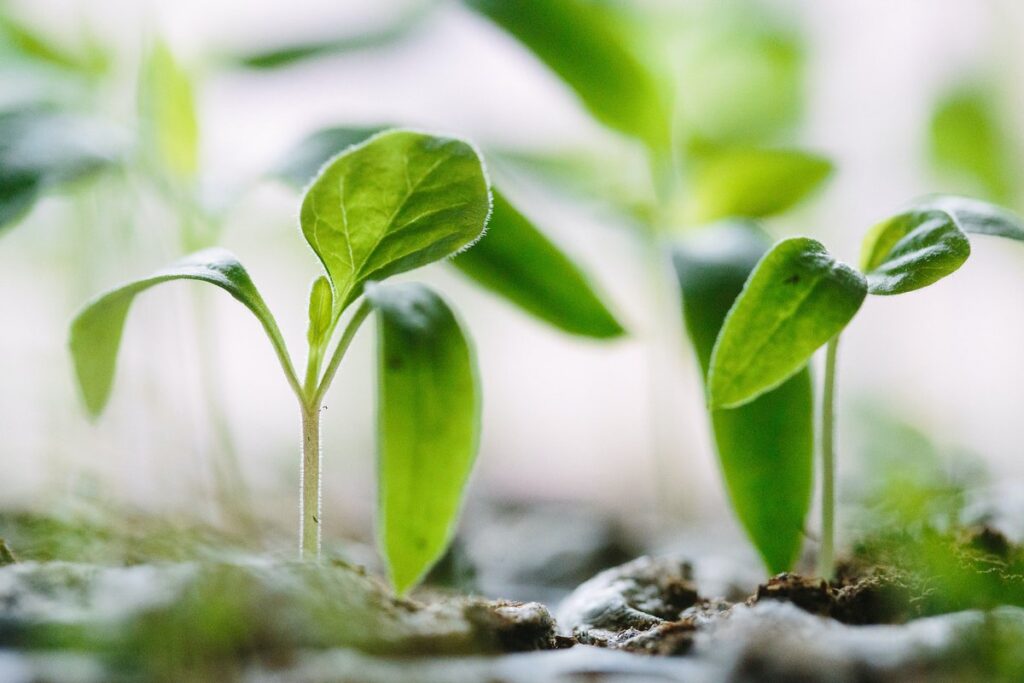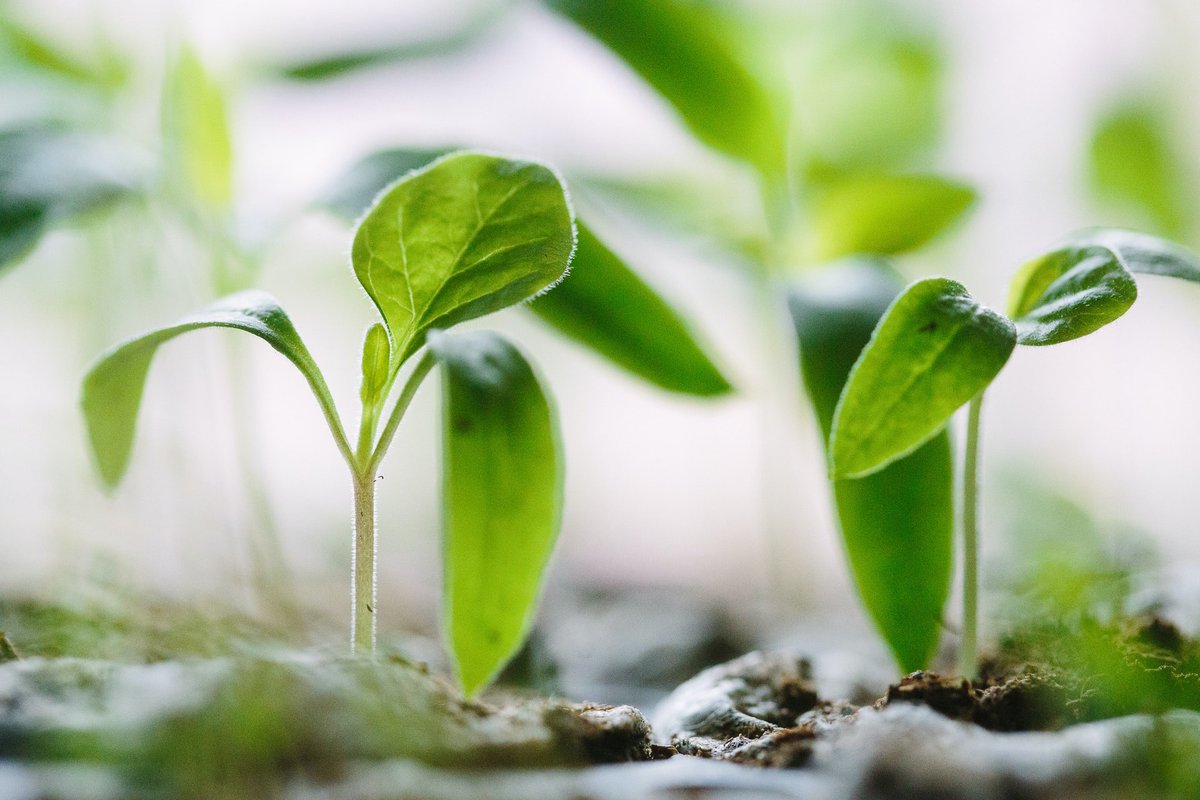What are Growing Degree Days? Growing Degree Days (GDD), also known as Growing Degree Units (GDU), are a way researchers and growers can estimate the development of plants and insects during a growing season. By using data calculated from air temperatures, the “heat units” can more accurately reflect growth stages than the calendar method. The concept is that growth and development increases with air temperature but stagnates at a maximum temperature. Read on to learn more about the importance of Growing Degree Days in this article.

Calculating Growing Degree Days
The calculation starts with a base temperature or “threshold” under which a certain insect or plant would not grow or develop. Then the high and low temperatures for the day are added together and divided by 2 to get an average. The average temperature minus the threshold temperature gives the Growing Degree Day amount. If the result is a negative number, it is recorded as 0.
For example, the base temperature of asparagus is 40 degrees F. (4 C.). Let’s say on April 15 the low temperature was 51 degrees F. (11 C.) and the high temperature was 75 degrees F. (24 C.). The average temperature would be 51 plus 75 divided by 2, which equals 63 degrees F. (17 C.). That average minus the base of 40 equals 23, the GDD for that day.
The GDD is recorded for each day of the season, starting and ending with a specific day, to get the accumulated GDD.
The importance of Growing Degree Days is that those numbers can help researchers and growers predict when an insect enters a certain stage of development and aid in control. Likewise, for crops, the GDDs can help growers predict growth stages such as flowering or maturity, make seasonal comparisons, etc.
How to Use Growing Degree Days in the Garden
Tech savvy gardeners may want to get in on this Growing Degree Day information to use in their own gardens. Software and technical monitors can be purchased that record temperatures and compute the data. Your local Cooperative Extension Service may distribute GDD accumulations via newsletters or other publications.
You can figure your own calculations using weather data from NOAA, Underground Weather, etc. The extension office may have the threshold temperatures for various insects and crops.
Gardeners can make predictions on the growing habits of their own produce!

